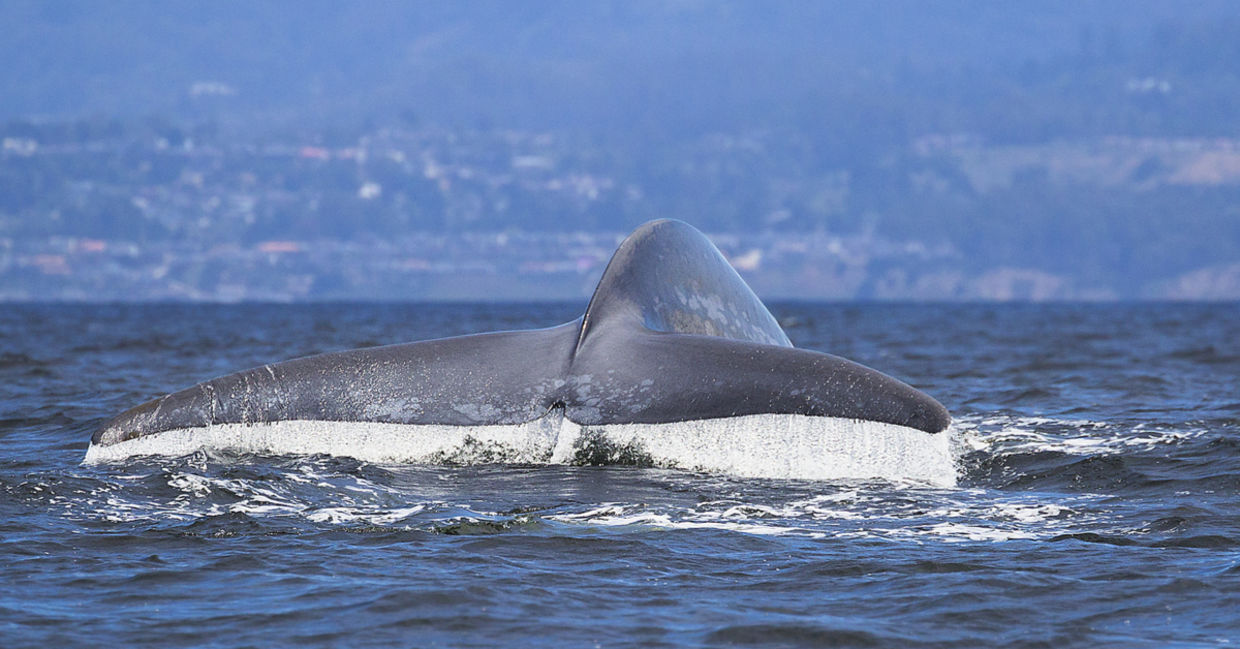
(Chase Dekker / Shutterstock.com)
The majestic blue whale is the largest animal in the seas and can weigh as much as 200 tons (the equivalent of 33 elephants). The blue whale, like so many of the species, have been considered critically endangered but a new Antarctic survey shows a remarkable increase in numbers. This is certainly something to celebrate.
The 21-day 2020 survey led by the British Antarctic Survey (BAS) with the support of Auckland University of New Zealand, shows that the blue whales and other whale species are making a comeback in the frigid Antarctic waters according to New Atlas. The survey marked the end of a three-year wild water project off South Georgia Island in the South Atlantic.
The Bas survey included 40 researchers from nine countries that toured the islands waters in the research vessel Braveheart. The researchers spotted 55 whales in 36 sightings already in 2020 in a location where only one whale was spotted in 2018.
The scientists were able to identify the whales visually, acoustically through their songs – blue whales are also the loudest animals on earth – , direct tracking, and by making photo identification.
The expedition took place in what, New Atlas said was the most heavily hunted waters in the world where 176,000 whales were caught in around 60 years of hunting operations from shore stations on the island and from factory whaling ships.
The International Whaling Commission (IWC) banned all hunting of the blue whale whales in 1967 when the world population of blue whales was almost totally extinct. IWC paused all commercial whaling in 1982, but some countries like Norway and Iceland have objected and continued whaling operations.
Today, the population is estimated to be 10,000-25,000, only around three percent of what it was in 1911. The whales live in small concentrations around the globe.
The new survey is extremely important because the South Georgia Island waters are a major krill feeding area for multiple whale species. In all, BAS estimated that 20,00 whales of multiple species now summer at South Georgia before heading north to breed.
"After three years of surveys, we are thrilled to see so many whales visiting South Georgia to feed again," whale project leader Jennifer Jackson told New Atlas.
"This is a place where both whaling and sealing were carried out extensively. It is clear that protection from whaling has worked, with humpback whales now seen at densities similar to those a century earlier when whaling first began at South Georgia."
The scientists see an increase in almost all Southern Hemisphere whale species and many, like humpback whales are really rebounding back from the brink of extinction. They belief this is proof positive that the moratorium on commercial whaling has been a big success.
"So, I think this is positive. We know that 100 years ago, South Georgia was a good place for blue whales and now, after decades of protection, it seems the territory's waters are a good place for them once again," Jackson told BBC News.
With increased awareness and conservation efforts, species on the lands and in the seas can be preserved and their numbers can increase. We may not be able to restore all of the biodiversity that once existed, but we can preserve what remains.
YOU MIGHT ALSO LIKE:
Humpback Whale Population Bounces Back
Bowhead Whale Populations Grow Tenfold in 8 Short Years
For the First Time in 17 Years, Iceland Pauses its Whaling Activity







